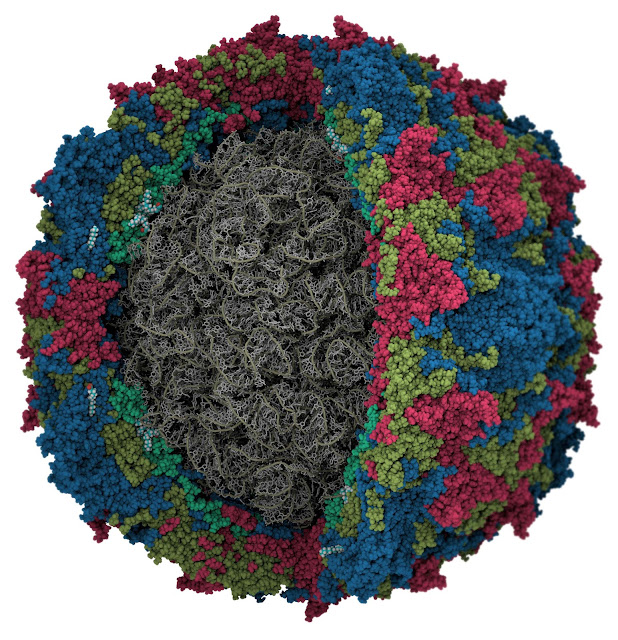Stephen Hawking has been at it again, being all controversial and awesome. At a meeting of the Royal Institute of Technology in Stockholm he has given a talk that may go someway to explaining the Information Paradox of black holes.
In the 1960s Hawking became famous for proving the existence of black holes and that nothing, not even light, is capable of escaping their vast gravitational pull. In the 1970s he became even more famous for disproving his earlier proof. He then contended that something could indeed escape a black hole, a type of radiation that went on to bear his own name. The idea that black holes can evaporate away via Hawking radiation is one of the concepts behind the Heat Death of the universe, the theory that the universe will 'end' by merely ceasing to contain a single atom of anything several trillion years from now becoming a vast expanse of uniform, cold nothingness.
There is a problem, though; if black holes irrevocably swallow up matter and energy then the information, or properties, of that matter and energy are lost and this violates key tenets of quantum theory which says that information must be preserved. Physicists and mathematicians studying black holes have spent the last several decades trying to find a way around this conundrum.
Hawking, in collaboration with University of Cambridge physicist Malcolm Perry and Harvard theorist Andrew Strominger, have proposed a potential mechanism. Like many things on the cutting edge of physics it sounds a bit abstract and difficult to follow but, who knows, maybe this will be high school level knowledge a decade from now. As far as I understand it, which is by no means fully, they are suggesting that as an object, let's say Iain Duncan Smith, passes the event horizon of a back hole, a record of his black heart and other wretched components will be forever preserved in the form of a three dimensional hologram. The hologram consists of two space dimensions and one time dimension and would need to be capable of storing enough information to theoretically map out the innards of the black hole and everything it has consumed.
They go on to claim that as Hawking radiation leaves the black hole it would somehow pick up a bit of the hologram data and that way information would be preserved and the laws of physics remain intact. However, the data would come out in a random, unreadable format thereby also preserving the idea that nothing useful can escape a black hole. An analogy was made to burning an encyclopedia; if you were to take an encyclopedia, you know, a paper one, and set fire to it and then keep all the ashes then technically you could say you still have all of the information it once contained, but practically speaking there's no way you could actually retrieve it.
I know, it sounds like an imaginative fudge to try and escape a tight spot, only time will tell. Indeed, it's difficult to say anything a this point as we only have a speech to go on, it will likely be some months before an actual paper is published for proper analysis. Once that is released it will no doubt get the proper scrutiny that such an idea warrants. Give it another decade or two and we might have it figured out, but we'll get there in the end.
 |
| Image used with permission |




















